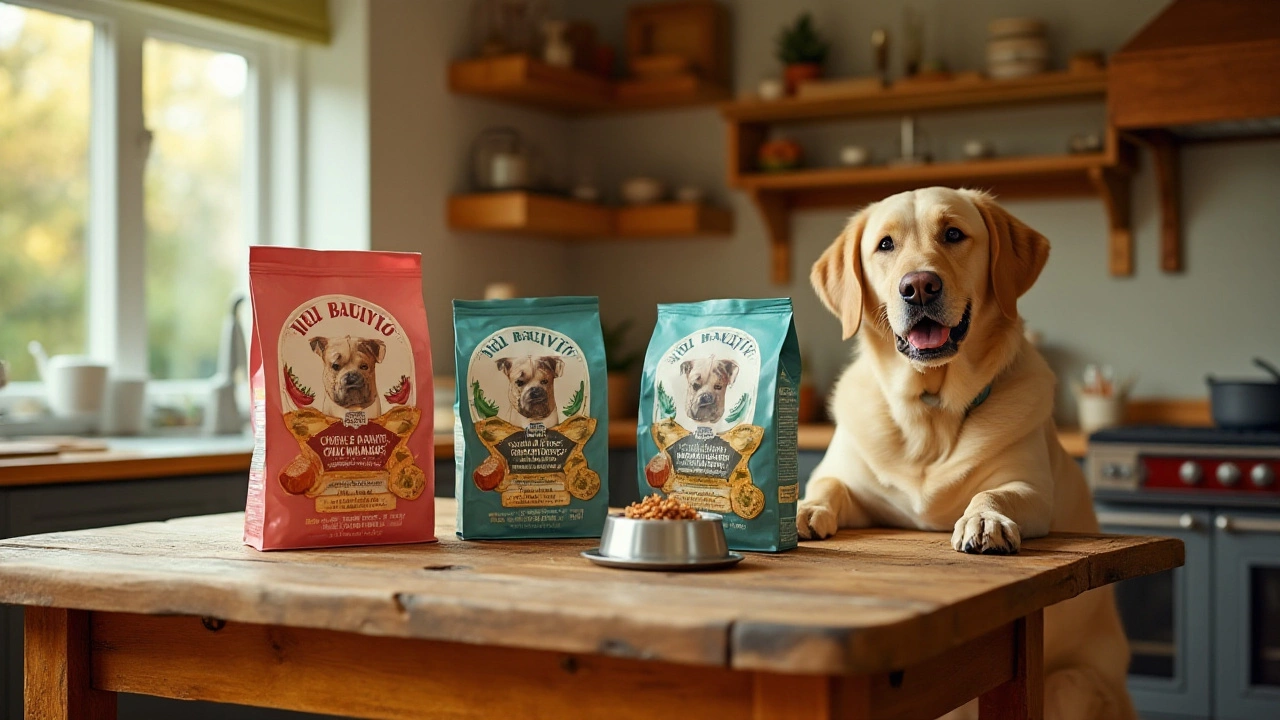Popular Dog Foods: What Every Dog Owner Should Know
Choosing the right food for your pup feels like a big responsibility, but it doesn’t have to be overwhelming. The market is packed with options, from budget kibble to premium grain‑free formulas. Below you’ll find the basics that separate the hype from the truly nutritious, plus a quick look at the brands that keep coming up in reviews.
Key Things to Check on Every Bag
AAFCO compliance. Look for a statement that the food meets the Association of American Feed Control Officials standards for the life stage you’re feeding (puppy, adult, senior). That means the nutrition levels have been tested and are balanced.
Ingredient transparency. Real meat should be listed first. Avoid meals that hide cheap fillers like “meat by‑product meal” or “animal digest.” If you see whole grains, legumes, or vegetables, check that they’re named specifically (e.g., brown rice, sweet potato).
Life‑stage suitability. Puppies need higher calories and DHA for brain development, while seniors benefit from joint‑supporting glucosamine and lower calorie density. Pick a formula that matches your dog’s age, size, and activity level.
Top Picks That Keep Coming Up in Reviews
Beneful (Nestlé Purina). Vets often point out that Beneful offers a solid protein profile and meets AAFCO standards. Our own deep‑dive shows it’s free from artificial colors and provides a balanced blend of vitamins.
Orijen Original. This grain‑free line uses 85% animal ingredients, mimicking a natural diet. It’s pricey, but many owners swear by the shiny coat and steady energy their dogs get.
Acana Heritage Meats. Slightly more affordable than Orijen, Acana still delivers high‑quality protein from free‑range meats and a variety of fruits and veggies for antioxidants.
Royal Canin Size Specific. If you have a giant breed, Royal Canin’s large‑breed formulas adjust kibble size and calcium levels to support joint health.
James Wellbeloved. For dogs with sensitivities, this hypo‑allergenic range uses a single protein source and no corn, wheat, or soy.
When you compare these brands, notice the common threads: high‑quality animal protein, limited fillers, and life‑stage labeling. Those are the hallmarks of a trustworthy product.
Beyond the bag, think about how you feed. Split daily portions into two meals to keep blood sugar steady, and always measure the amount based on your dog’s current weight, not the ideal weight. Adjust if you notice weight gain or loss.
Finally, don’t ignore your dog’s preferences. Some pups love crunchy kibble, while others prefer soft, wet food or a mix of both. A little experimentation can help you find the most palatable and nutritious combo.
Bottom line: stick to AAFCO‑approved foods, read the ingredient list like a grocery label, match the formula to your dog’s life stage, and watch how they respond. With those steps, you’ll be feeding a diet that keeps tails wagging and health markers high.
Top 4 Dog Food Brands Pet Owners Swear By
Choosing the right dog food is crucial for your pet's health and happiness. In the world of pet nutrition, four standout brands have captured the loyalty of dog owners worldwide, offering a blend of quality, balanced ingredients, and a variety of options for canine diets. This article explores these top brands, why they are favored, and provides tips on selecting the best option for your furry friend. Let's take a closer look at each one and uncover helpful insights for ensuring your dog's dietary needs are met.
